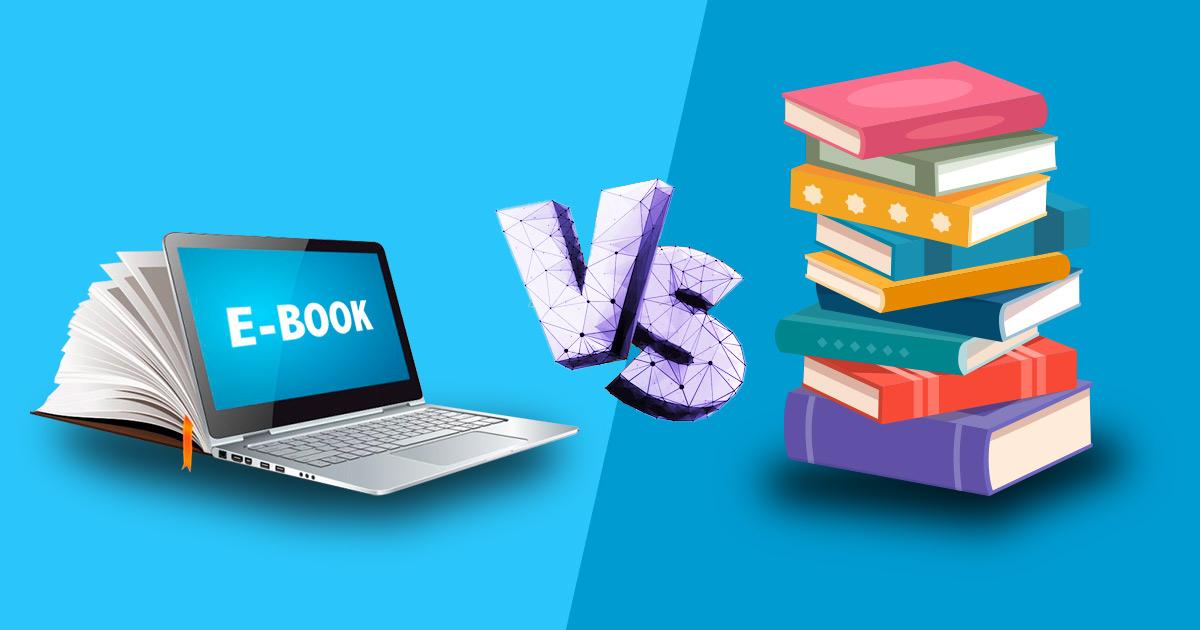E-book vs. Paperback: Navigating the Reading Format Dilemma

Throughout history, books have played a pivotal role in shaping our knowledge and understanding of the world. They have been instrumental in the education sector, providing access to information, stories, and ideas. Whether in the form of textbooks, poetry collections, or novels, books have been constant companions, transcending cultural boundaries and offering insights into diverse aspects of life. When the word “book” is mentioned, the first image that often comes to mind is a printed volume, filled with words waiting to be explored.
The Impact of Technology to Book Reading
However, with the advent of technology, the way we perceive and consume books has undergone a remarkable transformation. The rise of e-books has revolutionized the reading experience, altering the traditional notion of books as physical objects. The popularity of e-books has soared, as they have become more accessible, convenient, and cost-effective compared to their printed counterparts. This digital format has ushered in a new era of reading, providing an alternative medium for individuals to engage with literature and expand their knowledge.
Similarities and Differences: Paperback vs. E-book
While the format may differ, both paperbacks and e-books share a common purpose: to disseminate knowledge and entertain readers. Paperbacks have a tangible appeal, allowing readers to experience the texture, weight, and smell of the pages. They have a long-standing history, evoking nostalgia and offering a sense of connection to the written word.
On the other hand, e-books offer convenience and portability, allowing readers to carry an entire library in a single device. With adjustable font sizes, search functions, and annotation capabilities, e-books offer enhanced accessibility and customization options.
Similarities
Purpose: Both paperbacks and e-books serve the fundamental purpose of disseminating knowledge and entertaining readers. Regardless of the format, they offer an avenue for authors to share their ideas and stories with the world.
Content: The content of a book remains the same whether it is in paperback or e-book format. Both formats can contain a wide range of genres, including fiction, non-fiction, poetry, and academic works. Readers can find the same literary quality and depth of information in both formats.
Intellectual Engagement: Both paperbacks and e-books provide an opportunity for intellectual engagement. They encourage critical thinking, imagination, and emotional connection with the text. Whether flipping through the pages of a paperback or scrolling through an e-book, readers can delve into rich narratives, explore new ideas, and experience personal growth through reading.
Differences
Physicality: One of the key distinctions between paperbacks and e-books lies in their physical nature. Paperbacks have a tangible appeal, allowing readers to feel the weight of the book, turn the pages, and experience the texture and smell of the paper. This tactile experience often evokes a sense of nostalgia and a deeper connection to the reading material. In contrast, e-books lack a physical presence as they are stored digitally on electronic devices.
Portability and Convenience: E-books offer a significant advantage in terms of portability and convenience. With e-books, readers can carry an entire library in a single device, such as a tablet, e-reader, or smartphone. This mobility allows for reading on the go, making it easier to access multiple books without the need for physical storage space. E-books also offer features like adjustable font sizes, search functions, and annotation capabilities, enabling readers to customize their reading experience.
Access and Affordability: E-books have democratized access to literature by eliminating geographic barriers. With an internet connection, readers can instantly download e-books from various online platforms, gaining access to a vast digital library. E-books often come at a lower price compared to physical books, making them more affordable for a wider range of readers.
Reading Experience: The reading experience differs between paperbacks and e-books. Paperbacks provide a unique sensory experience, allowing readers to physically flip through pages and visually track their progress through the book. On the other hand, e-books offer digital enhancements, such as the ability to highlight and search for specific words or phrases, create bookmarks, and access online dictionaries. These features enhance the reading experience and provide added convenience for readers.
Reader Preferences & Recommendations
Numerous studies have explored the preferences of readers when it comes to paperbacks versus e-books. While some individuals still hold a deep fondness for the traditional feel of paper, others have embraced the digital age, appreciating the ease and versatility that e-books provide. According to a recent survey, it was found that an increasing number of people have adopted e-books as their primary reading medium, citing factors such as affordability, storage convenience, and instant access as key drivers.
In light of these findings, the choice between publishing in paperback or e-book format depends on several factors. Publishers must consider the target audience, market trends, and the specific content of the book. A balanced approach that caters to the needs and preferences of different readers can be a prudent strategy. Offering both options simultaneously could broaden the reach of a publication and cater to the diverse reading habits of individuals.
The Enduring Debate: E-books vs. Print Books
The debate between e-books and paperbacks is ongoing, but it is essential to recognize that both formats serve the purpose of disseminating knowledge and inspiring readers. While paperbacks offer a tangible and nostalgic experience, e-books provide convenience and customization in our digital era.
Rather than favoring one format over the other, a balanced approach that offers both options can cater to diverse reader preferences. Publishers and authors should consider the target audience, market trends, and content when deciding on the publishing format.
Ultimately, the enduring influence of books lies in the power of the written word to educate, inspire, and entertain. Let us celebrate the rich heritage of paperbacks while embracing the digital advancements of e-books, ensuring that literature continues to enhance our lives.

